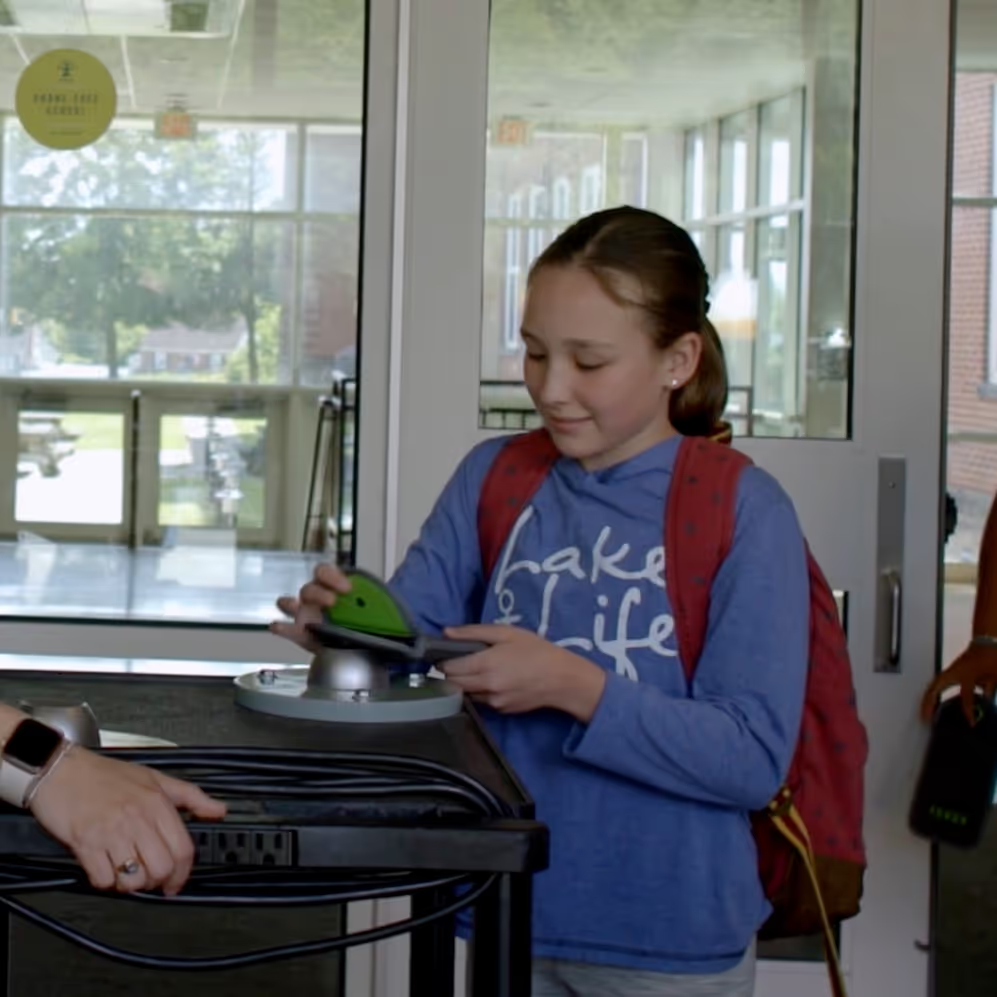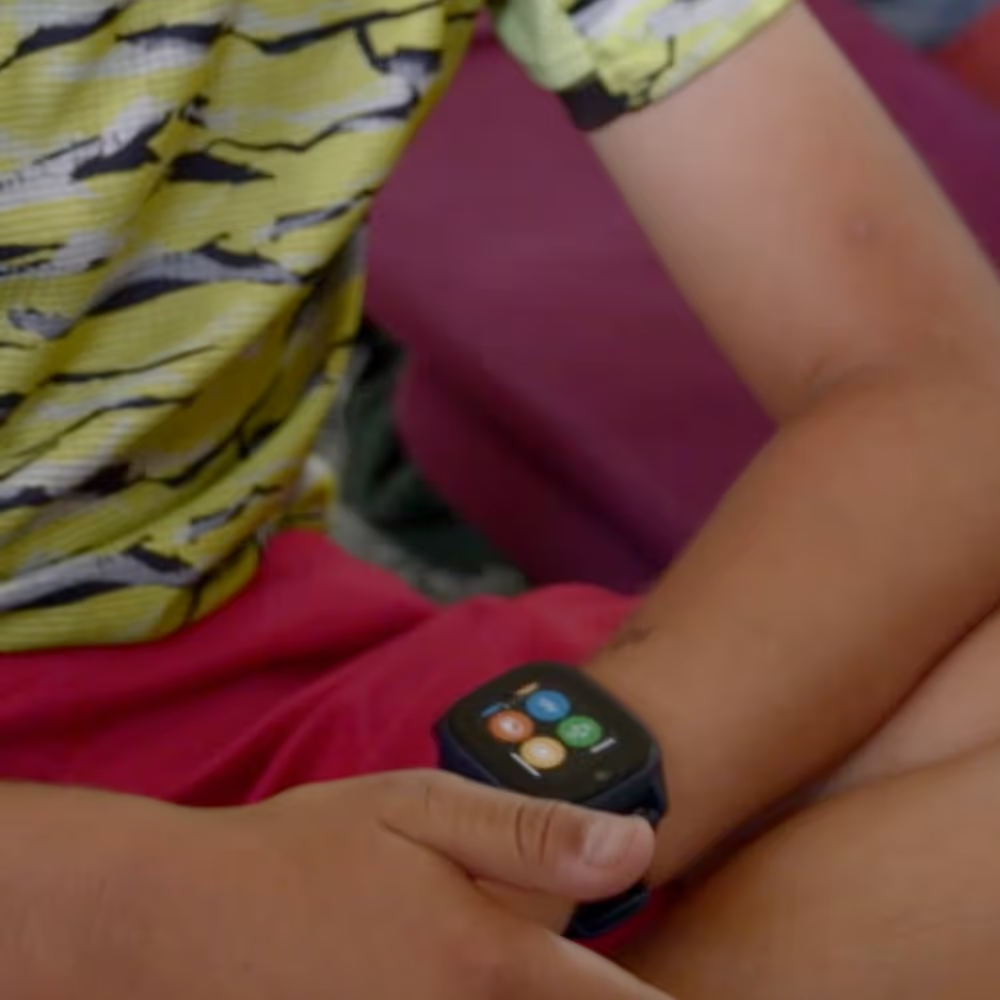



As you know we have started our campaign to have cell phones put away for the day in middle schools but today let’s have a conversation about non-cellphone computers in schools—all the computers, iPads, Chromebooks and such.
The question is not should computers be in schools but for what use and how often, and how much.
For what use:
Clearly, there are lots of ways students use computers in schools, such as doing research, designing the school newspaper, creating presentations, and more. What do your kids and students find most useful, interesting, and impactful? When I talk to students and ask about the things they do in class on screens that they find really interesting, they often tell me about the videos they watch as a classroom--interesting stories and such. They tell me about using Quizlet and searching on Google.
The Education Week Research Center just did a survey of 500 principals, assistant principals, and school deans. They were asked their opinions about the use of technology both in and out of schools. 56% of those surveyed said they believe paper and pencil are better for learning new math skills. And 88% said that screens are best used for conducting research and investigating a new subject. What do your kids and students think?
How often:
Knowing how much students should use computers in school is a hard question to answer. The legislature in Maryland recently passed a bill requiring the Department of Education and the Health Department to develop best practices for safe use of digital devices in schools.
Some of the ideas Maryland is considering are to have students take breaks from the computer, say every 20 minutes, and requiring that student’s devices be left in the classrooms during breaks. Natasha Singer writes in The New York Times:
“Several pediatricians warned that heavy digital device use in schools or for homework could have unintended physical and emotional consequences for students, including vision problems, interrupted sleep and device compulsion. In particular, they noted that some classroom learning apps used powerful, video-game-like reward systems to engage and stimulate students, making it difficult for some children to turn them off….So far, however, there is little concrete evidence on the potential health effects of digital learning tools for students.”
For this week’s TTT, let’s talk about the best use of as well as the appropriate amount of screen use in school. Here are some questions to ask your kids to get the conversation started.
Here is a video from the Screenagers YouTube Channel that talks more about this subject
Learn more about showing our movies in your school or community!
Join Screenagers filmmaker Delaney Ruston MD for our latest Podcast

Learn more about our Screen-Free Sleep campaign at the website!
Our movie made for parents and educators of younger kids
Learn more about showing our movies in your school or community!
Learn more about showing our movies in your school or community!
Join Screenagers filmmaker Delaney Ruston MD for our latest Podcast

Learn more about our Screen-Free Sleep campaign at the website!
Our movie made for parents and educators of younger kids
Join Screenagers filmmaker Delaney Ruston MD for our latest Podcast
As we’re about to celebrate 10 years of Screenagers, we want to hear what’s been most helpful and what you’d like to see next.
Please click here to share your thoughts with us in our community survey. It only takes 5–10 minutes, and everyone who completes it will be entered to win one of five $50 Amazon vouchers.

As you know we have started our campaign to have cell phones put away for the day in middle schools but today let’s have a conversation about non-cellphone computers in schools—all the computers, iPads, Chromebooks and such.
The question is not should computers be in schools but for what use and how often, and how much.
For what use:
Clearly, there are lots of ways students use computers in schools, such as doing research, designing the school newspaper, creating presentations, and more. What do your kids and students find most useful, interesting, and impactful? When I talk to students and ask about the things they do in class on screens that they find really interesting, they often tell me about the videos they watch as a classroom--interesting stories and such. They tell me about using Quizlet and searching on Google.
The Education Week Research Center just did a survey of 500 principals, assistant principals, and school deans. They were asked their opinions about the use of technology both in and out of schools. 56% of those surveyed said they believe paper and pencil are better for learning new math skills. And 88% said that screens are best used for conducting research and investigating a new subject. What do your kids and students think?
How often:
Knowing how much students should use computers in school is a hard question to answer. The legislature in Maryland recently passed a bill requiring the Department of Education and the Health Department to develop best practices for safe use of digital devices in schools.
Some of the ideas Maryland is considering are to have students take breaks from the computer, say every 20 minutes, and requiring that student’s devices be left in the classrooms during breaks. Natasha Singer writes in The New York Times:
“Several pediatricians warned that heavy digital device use in schools or for homework could have unintended physical and emotional consequences for students, including vision problems, interrupted sleep and device compulsion. In particular, they noted that some classroom learning apps used powerful, video-game-like reward systems to engage and stimulate students, making it difficult for some children to turn them off….So far, however, there is little concrete evidence on the potential health effects of digital learning tools for students.”
For this week’s TTT, let’s talk about the best use of as well as the appropriate amount of screen use in school. Here are some questions to ask your kids to get the conversation started.
Here is a video from the Screenagers YouTube Channel that talks more about this subject
Sign up here to receive the weekly Tech Talk Tuesdays newsletter from Screenagers filmmaker Delaney Ruston MD.
We respect your privacy.

As you know we have started our campaign to have cell phones put away for the day in middle schools but today let’s have a conversation about non-cellphone computers in schools—all the computers, iPads, Chromebooks and such.
The question is not should computers be in schools but for what use and how often, and how much.
For what use:
Clearly, there are lots of ways students use computers in schools, such as doing research, designing the school newspaper, creating presentations, and more. What do your kids and students find most useful, interesting, and impactful? When I talk to students and ask about the things they do in class on screens that they find really interesting, they often tell me about the videos they watch as a classroom--interesting stories and such. They tell me about using Quizlet and searching on Google.
The Education Week Research Center just did a survey of 500 principals, assistant principals, and school deans. They were asked their opinions about the use of technology both in and out of schools. 56% of those surveyed said they believe paper and pencil are better for learning new math skills. And 88% said that screens are best used for conducting research and investigating a new subject. What do your kids and students think?
How often:
Knowing how much students should use computers in school is a hard question to answer. The legislature in Maryland recently passed a bill requiring the Department of Education and the Health Department to develop best practices for safe use of digital devices in schools.
Some of the ideas Maryland is considering are to have students take breaks from the computer, say every 20 minutes, and requiring that student’s devices be left in the classrooms during breaks. Natasha Singer writes in The New York Times:
“Several pediatricians warned that heavy digital device use in schools or for homework could have unintended physical and emotional consequences for students, including vision problems, interrupted sleep and device compulsion. In particular, they noted that some classroom learning apps used powerful, video-game-like reward systems to engage and stimulate students, making it difficult for some children to turn them off….So far, however, there is little concrete evidence on the potential health effects of digital learning tools for students.”
For this week’s TTT, let’s talk about the best use of as well as the appropriate amount of screen use in school. Here are some questions to ask your kids to get the conversation started.
Here is a video from the Screenagers YouTube Channel that talks more about this subject

This year, millions of students are experiencing a major shift: school days without phones, smartwatches, or other personal devices. Today we explore the wins, hurdles, and solutions helping schools succeed. We also share our resources that you can use to support technology policy changes in your schools.
READ MORE >
I recently sat down with middle school principal Zach at his school in Washington State. We talked about the challenges Zach and his team faced in his early years as principal when students used phones during school, and how he brought about a powerful transformation by having phones and smartwatches put away in locked pouches for the whole school day. In today’s blog, to raise awareness of the challenges, I share five real examples from Zach of the troubling ways students use phones at school to be unkind.
READ MORE >
It is with great pleasure that I share with you today a piece that Lisa Tabb and I did for Jonathan Haidt's (Author of The Anxious Generation) and researcher Zack Rausch's Substack blog — After Babel. In it, we discuss the rise in use of smartwatches in elementary schools and the problems they pose. There is a real cost to arming (pun intended) our kids with these devices and sending them to school. Now is the time to stop and fully address this topic and ensure that schools become smartwatch and phone-free.
READ MORE >for more like this, DR. DELANEY RUSTON'S NEW BOOK, PARENTING IN THE SCREEN AGE, IS THE DEFINITIVE GUIDE FOR TODAY’S PARENTS. WITH INSIGHTS ON SCREEN TIME FROM RESEARCHERS, INPUT FROM KIDS & TEENS, THIS BOOK IS PACKED WITH SOLUTIONS FOR HOW TO START AND SUSTAIN PRODUCTIVE FAMILY TALKS ABOUT TECHNOLOGY AND IT’S IMPACT ON OUR MENTAL WELLBEING.
